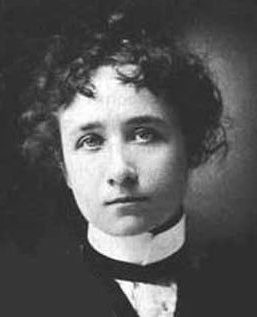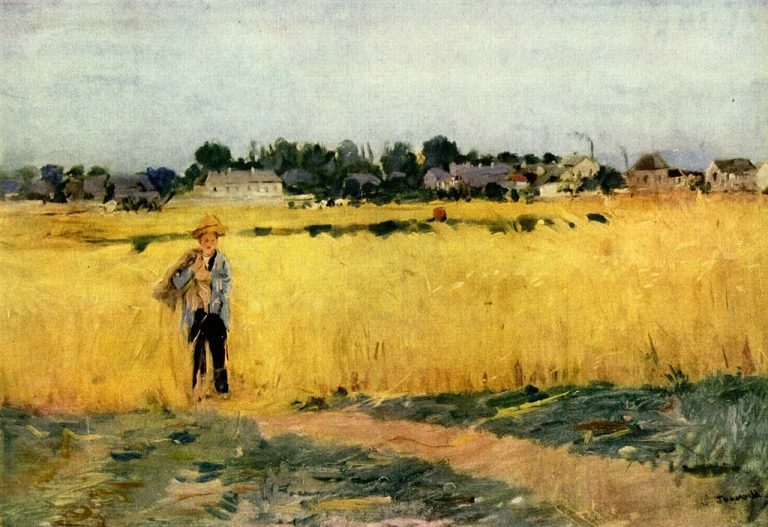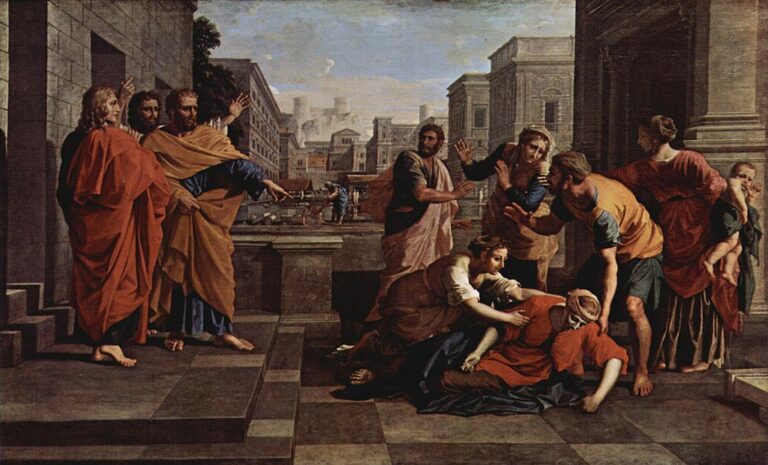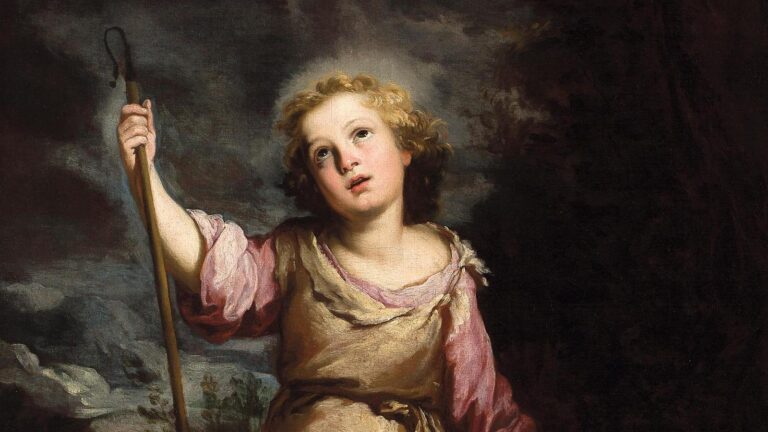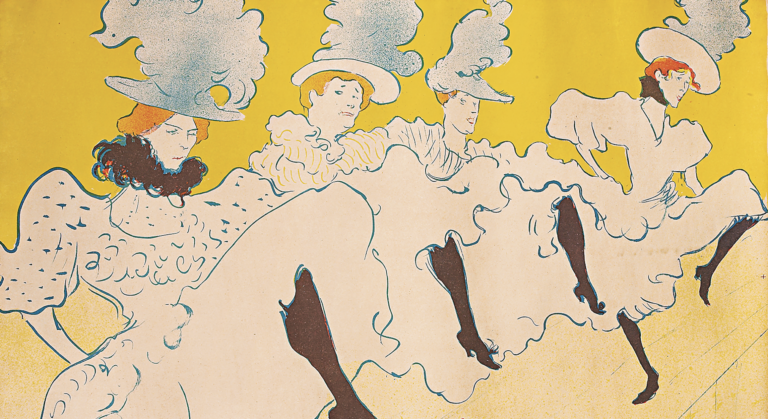Gabriele Münter: Painter and Influential Figure in German Expressionism
Born: 19 February 1877, Berlin, German Empire
Death: 19 May 1962, Murnau am Staffelsee, Bavaria, West Germany
Art Movement: Expressionism
Nationality: German
Teacher: Wassily Kandinsky
Institution: Phalanx School, Munich
Gabriele Münter: Painter and Influential Figure in German Expressionism
Early Life and Artistic Training
Gabriele Münter’s artistic journey began in her youth. Her studies in Munich helped her develop her unique style. She also flourished through exposure to various influences and techniques.
Phalanx School and Murnau Beginnings
Gabriele Münter started her formal art education at the Phalanx School in Munich in 1902. This school is known for its progressive teaching methods. At Phalanx, she met Wassily Kandinsky, who became her teacher and partner.
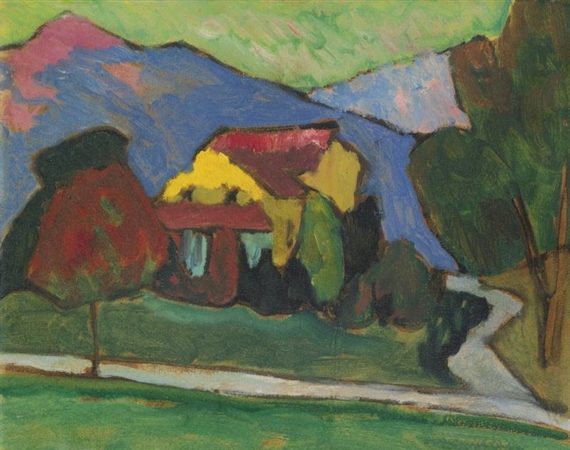
The Yellow House (1908) by Gabriele Münter
In 1908, Münter discovered Murnau, a small town in Bavaria. This place had a big impact on her art. The bright colors and simple shapes of Bavarian folk art inspired her work. Münter’s style became bolder and more expressive during this time.
Influence of Matisse and Modern Art
Münter’s trip to Paris in 1906 exposed her to the work of Henri Matisse and other modern artists. This experience changed her approach to color and form. She began using brighter colors and simpler shapes in her paintings.
The outbreak of World War I in 1914 forced Münter to leave Germany. She spent time in Scandinavia, where she continued to paint and develop her style. After the war, she returned to Germany and kept working on her art, blending her earlier influences with new ideas.
The Blue Rider Movement
The Blue Rider movement was a key avant-garde group in early 20th century German art. It pushed for new forms of artistic expression and had a lasting impact on modern art.
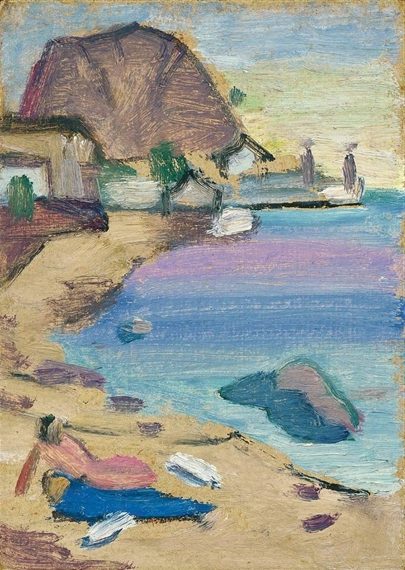
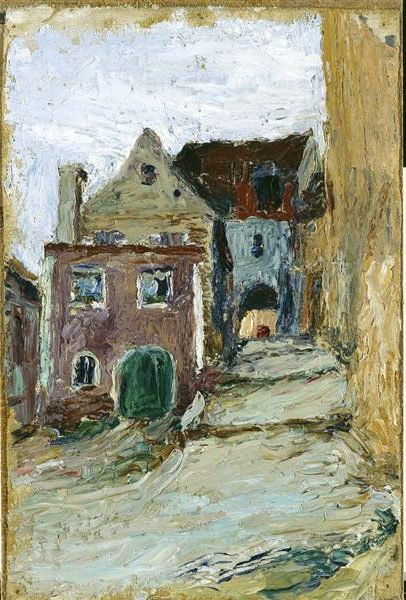
Foundation and Philosophy
Der Blaue Reiter (The Blue Rider) formed in Munich in 1911. Gabriele Münter was a founding member along with Wassily Kandinsky and Franz Marc. The group broke away from the New Artists’ Association, seeking more freedom.
The Blue Rider aimed to express spiritual truths through art. They believed color and form could convey deep emotions. The name came from Kandinsky and Marc’s shared love of horses and the color blue.
The group didn’t have a set style. Instead, they welcomed different approaches to art. This openness helped spark new ideas in painting.
Notable Collaborations and Works
The Blue Rider held two major exhibitions. These shows included works by group members and other artists. They featured paintings, prints, and folk art from various cultures.
Münter’s bold, colorful landscapes were key to the group’s style. Her painting “Village Street in Winter” is a prime example. It uses bright colors and simple shapes to capture a snowy scene.
Kandinsky’s abstract works, like “Composition VII,” pushed art in new directions. Marc’s animal paintings, such as “Blue Horse I,” became icons of the movement.
The group also published an influential almanac. It included essays, music, and artworks. This book helped spread their ideas beyond Germany.
Legacy and Recognition
Gabriele Münter’s art gained widespread acclaim after her death. Her bold colors and expressive style left a lasting mark on German Expressionism.
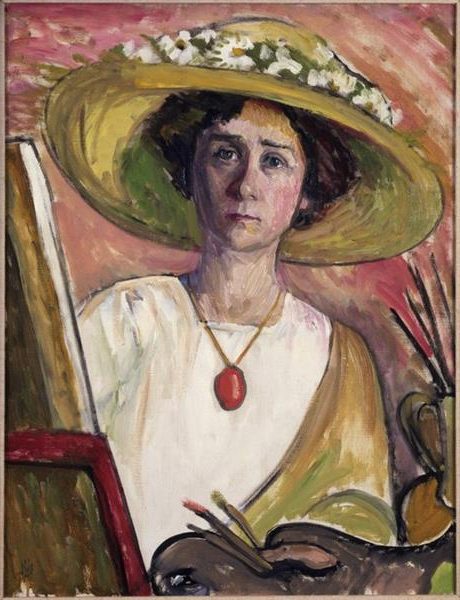
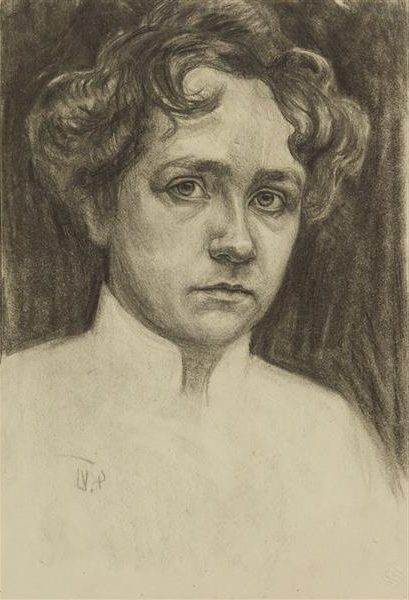
Major Exhibitions and Collections
Münter’s work is displayed in top museums worldwide. The Lenbach House in Munich holds many of her paintings. The Museum of Modern Art in New York City also features her art.
In 2018, a major retrospective of Münter’s work toured Germany. It showcased over 120 of her paintings and drawings. The show highlighted her skill with color and form.
Münter’s art can be found in other notable collections too. The Norton Simon Museum and Milwaukee Art Museum both have her pieces on display.
Impact on Women Artists
Münter broke barriers for women in art. She was a key member of the Blue Rider group in 1911. This was rare for a female artist at the time.
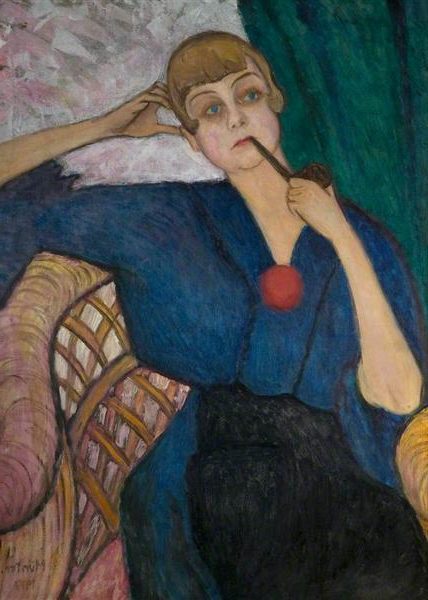
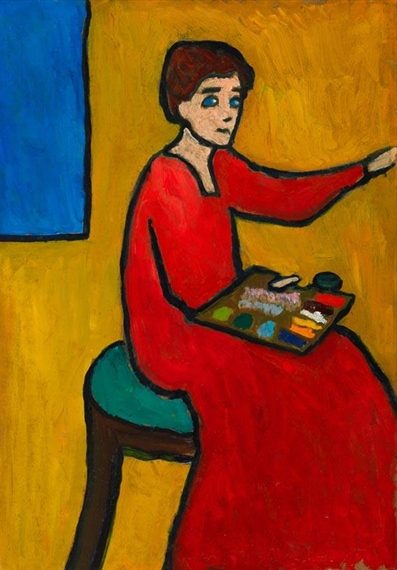
Her success inspired other women to pursue painting. Münter’s focus on Bavarian folk art in her work was also influential.
The National Museum of Women in the Arts features Münter’s art. This helps showcase her role as a pioneer for women artists.
Münter’s bold style and career path continue to inspire artists today. Her legacy lives on through her vibrant paintings and prints.
Frequently Asked Questions
Gabriele Münter’s life and work sparked much interest. Her art, relationships, and techniques left a mark on the art world.
Who was prominent in Gabriele Münter’s life as a fellow artist and partner?
Wassily Kandinsky played a key role in Münter’s life. They met in 1902 and began a romantic and artistic partnership. Kandinsky and Münter were founding members of Der Blaue Reiter group.
Their relationship lasted until 1914. They worked closely together during this time, inspiring each other’s art.
What distinctive features characterize Gabriele Münter’s landscape paintings?
Münter’s landscapes stood out for their bold colors and simplified forms. She often painted scenes of Murnau, a town in Bavaria where she lived.
Her paintings featured bright houses, rolling hills, and vivid skies. Münter used thick brushstrokes and strong outlines to create striking images.
Are there any notable museums showcasing Gabriele Münter’s artwork?
Several museums display Münter’s work. The Lenbachhaus in Munich has a large collection of her paintings. This museum also houses many works by other Der Blaue Reiter artists.
The Städtische Galerie im Lenbachhaus features a room dedicated to Münter’s art. Visitors can see her landscapes, portraits, and still lifes there.
How did Gabriele Münter contribute to the field of photography?
Münter explored photography early in her career. She took many photos during her travels with Kandinsky from 1902 to 1908.
Her photos captured everyday scenes and people. These images later inspired some of her paintings. Münter’s work in photography showed her keen eye for composition.
Can you highlight some interesting aspects of Gabriele Münter’s personal history and career?
Münter was born in Berlin in 1877. She started painting at a young age. In 1901, she moved to Munich to study art.
During World War II, Münter hid many artworks by Der Blaue Reiter members in her house. This saved important pieces from destruction.
What type of artistic techniques did Gabriele Münter employ in her artwork?
Münter used a variety of techniques in her art. She often painted with oil on board or canvas. Her style featured flat areas of bright color.
She also created woodcuts and linocuts. These prints showed her skill in graphic arts. Münter’s work combined elements of folk art with modern expressionism.


